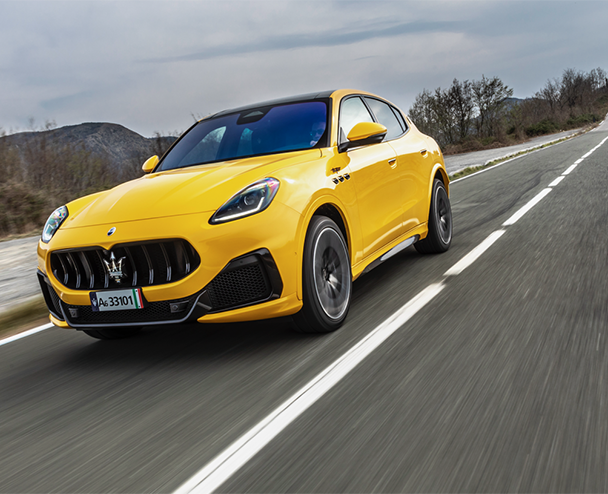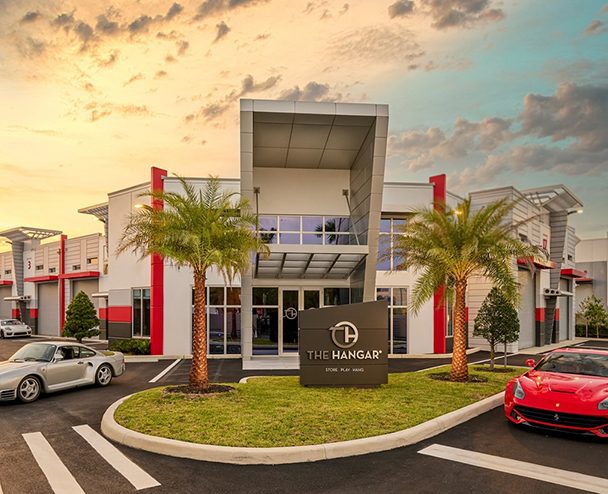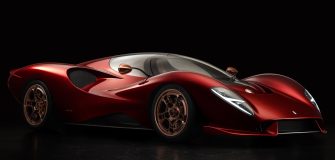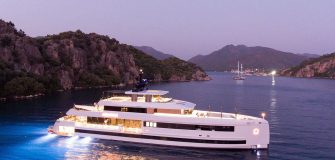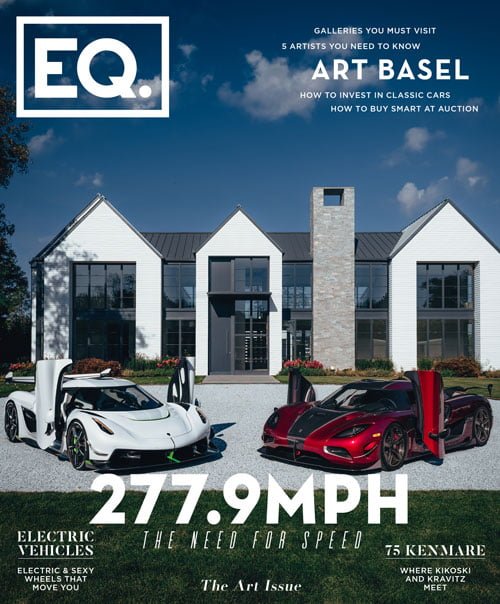
Introducing the 2023 Lotus Emira
Your last chance at gas-powered Lotus performance
WRITTEN BY ThOM WILLIAMS
February 4, 2022
The evolution that’s underway at Lotus Cars — the low-volume producer of some of the most driver-focused, lightweight sports cars on the market — is an interesting one. After falling under ownership of Geely in 2017 (the same Chinese firm that acquired Volvo), a plan was announced that includes wiping out its current offering (the Elise and Evora), the introduction of a 2,000 horsepower EV hypercar, and the intent to have a fully electric offering by 2028. For internal combustion purists that’s a bit of a hard sell, but it hasn’t all been bad news. The Lotus Emira is set to hit dealers in late 2022, being offered as the last sports car from the brand to be purely petrol powered with no electric assistance.
Aside from the planned multi-million dollar hypercar, the Lotus mantra has always been the “less is more” approach. This rings true with the Emira, as its base model will come fitted with a turbocharged AMG-sourced four-cylinder engine, putting out roughly 365 horsepower. Aimed to compete with things like the Porsche Cayman and BMW M2, the compact two-seater is expected to weigh somewhere just over the 3,000 pound mark. Having spent some time behind the wheel of past Lotus offerings, we’re expecting a wonderfully driver-focused experience with sharp handling — as one comes to expect from a mid-engined rear-wheel drive coupe. What’s more, drivers will have the option of a manual transmission, which seems harder and harder to come by these days.
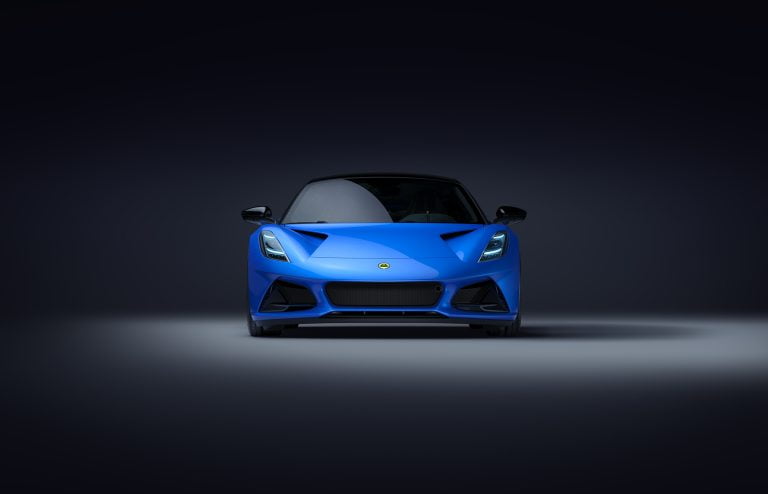

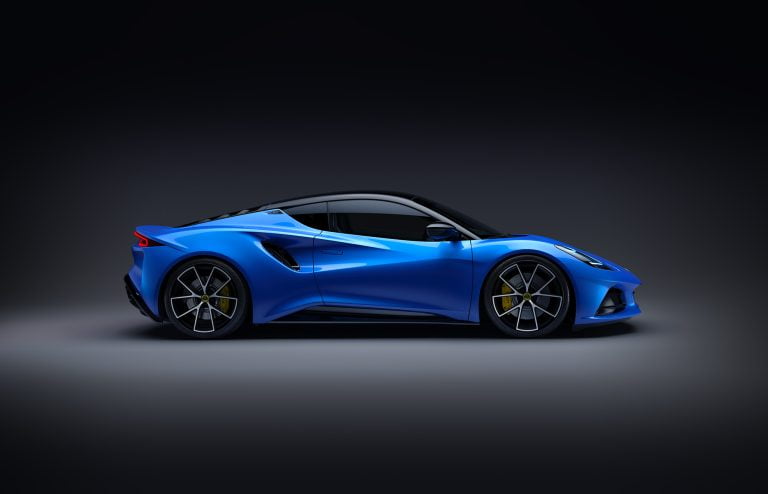



That’s not the only engine on offer, which is no surprise for those more familiar with modern Lotus offerings. You see, the AMG technical partnership is a brand new one. In years past, Lotus consistently relied on Toyota for powerplants, and the supercharged V6 that lived in the Evora is also being brought ahead into the higher spec version of the Emira. This engine ups the power output to an anticipated 400 horsepower, and will launch the coupe from 0-60 in 4.3 seconds. That’s only 0.1 seconds slower than BMW’s M2, and 0.2 seconds off the Cayman, but we’ll be curious to see if those figures shift once the cars are closer to going to market.
As we discussed when looking at the Polestar 5, since Geely started investing in the firm, it seems that much effort has gone into bolstering the quality of the cars coming from Lotus. One thing you learn over time is that hand-built cars aren’t always as refined and perfectly finished as you’d like them to be, as was often the case with past models. What you would gain in performance and driving experience with a Lotus would often come with a bit of a compromise in interior finishing. That’s far from the case with this new model. Even though its base price is a modest (for what you get) $77,100, everything from the seats, to the steering wheel, to the infotainment and audio all look and feel like something you’d expect from the Germans they intend to compete with.
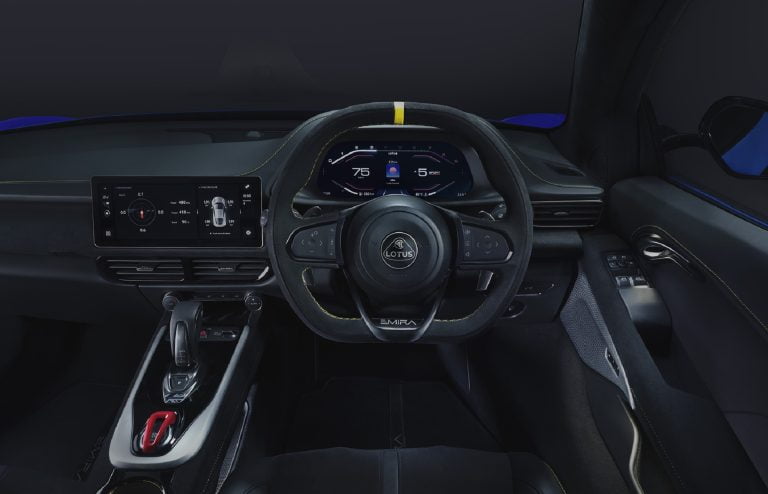
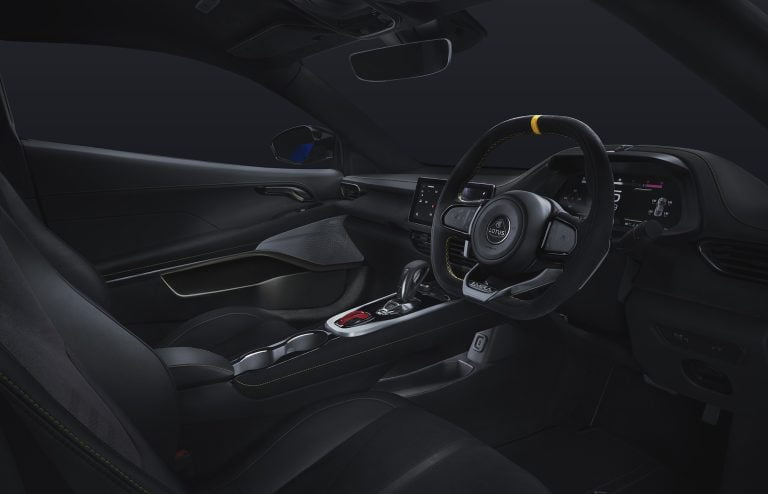
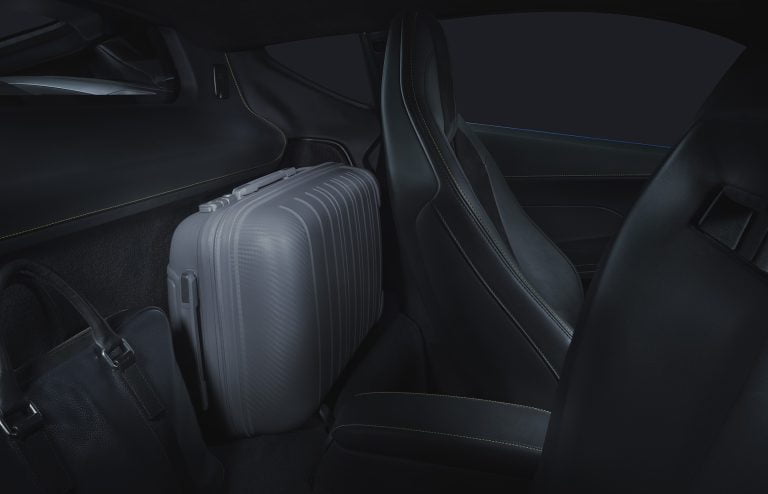
Another big selling feature compared to previous Lotus offerings is the practicality and comfort. I say this with a big caveat of “for the category,” as this is still a two-seater coupe that’s not really meant to lug the kids around or take off on a cross-country road trip. Lotus engineers have stated that for the first time, you will actually be able to fit a set of golf clubs in the small trunk behind the engine, and there’s some additional space behind the front seats that wasn’t on offer before. Though Lotus has also widened the track of the Emira when compared to the Evora, they’ve also done away with the wide door sills that drivers and passengers had to climb over when entering and exiting the low-slung coupe.
We all know that internal combustion engines are going the way of the dodo. Love it or hate it, it’s inevitable though some are sticking with their ICE. While the vintage sports car market is still incredibly hot, there’s something to be said for being able to own one of the last of a dying breed. Consider this car to be the equivalent of the Porsche 993 — the same way the 993 marked the end of the air-cooled era for Porsche, the Emira will go down as the last in a healthy line of purist hand-built sports cars that didn’t rely on batteries to put the power down. It’ll cost a bit more, but I’d be eyeing one of the scarce first editions heading for the U.S. if I were you.
